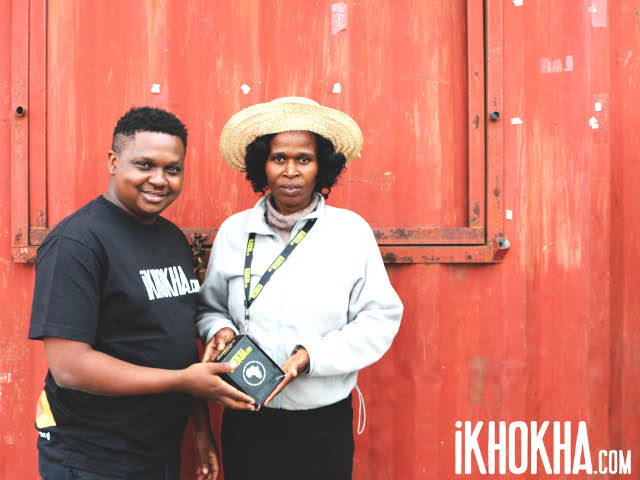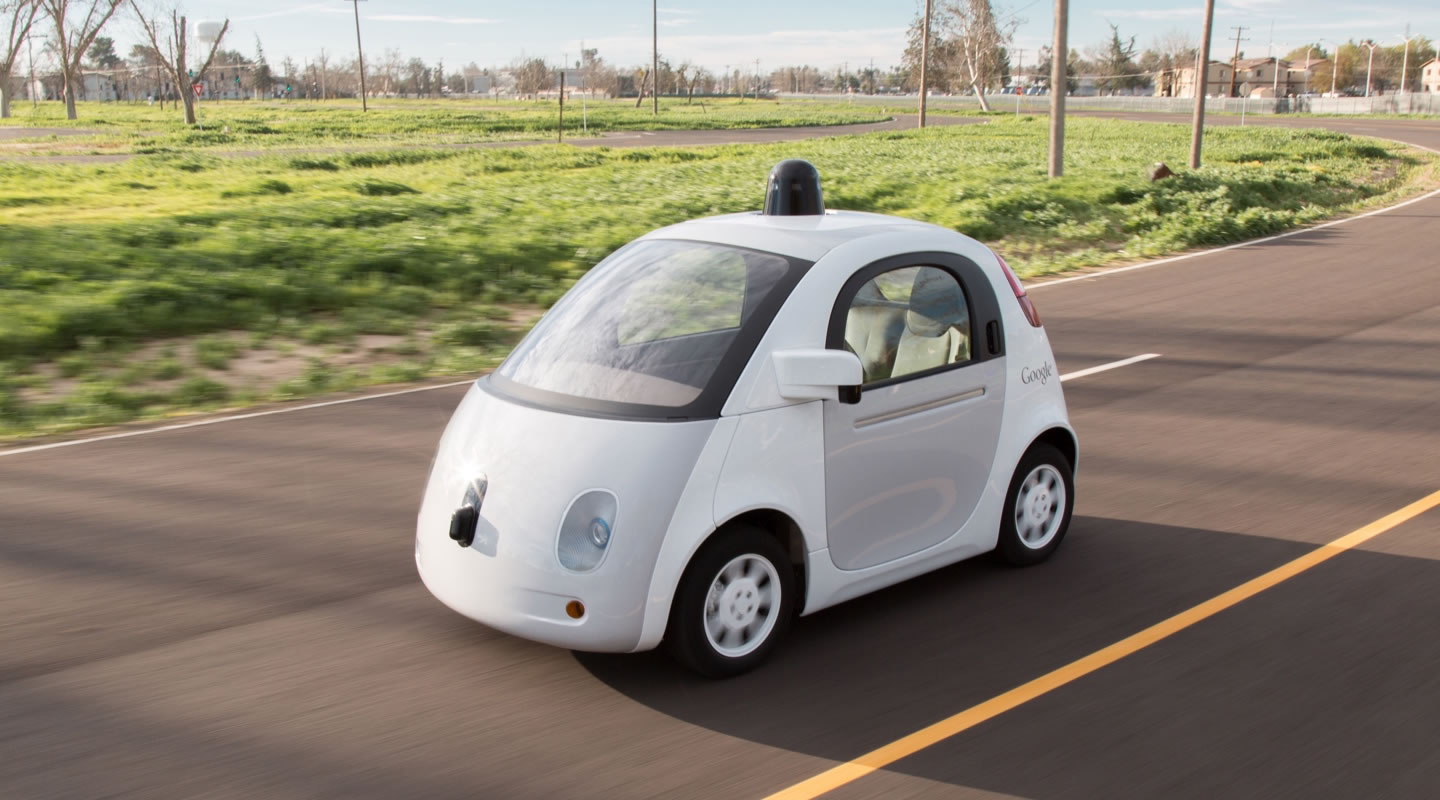Veolia Water Technologies, South Africa (Veolia) is currently installing an anaerobic digestion pilot plant at eThekwini Water & Sanitation’s Southern Wastewater Treatment Plant in Merebank, Durban. The pilot trial is designed to test the digestibility of the domestic and industrial waste received by the plant. The plant will be commissioned in the first quarter of 2016.
Veolia’s scope of work for eThekwini Municipality included the supply, construction and commissioning of flow tanks, primary settling tanks, thickeners and digesters, as well as suction and delivery pipework, pumps, electrical power and control instrumentation for the digestion plant. Veolia was also responsible for the mechanical and electrical design of the plant. The process design was the responsibility of the appointed consultants on the project, Hatch. Once in operation, Veolia will implement a one-year operations and maintenance contract during which time they will work with research students from the Pollution Research Group at the University of KwaZulu-Natal who will gradually assume the operation of the pilot plant. Because of the varying waste composition and feed rates to the plant, piloting quality-specific treatment processes was required to confirm the efficacy of the anaerobic digestion process to generate biogas from the current wastewater feed.
The plant will concentrate sludge via settling and thickening followed by anaerobic digestion. Raw domestic and industrial sewage extracted for three sewers (Chatsworth, Badulla and Jacobs) feeding the Municipal Wastewater Treatment Plant will be fed into three flow tanks (one tank for each inlet line) at a continuous flowrate of approximately 14 m3/h. From these flow tanks, 200 m3/day of raw sewage will be pumped to two primary settlement tanks, in proportion to the flowrate of the sewer feeding the tank.
The primary settlement tanks form the starting point of a two-train treatment process. Raw sewage extracted from the Chatsworth sewer will feed train one, while the Jacobs and Badulla sewers will provide the feed for the second process train. Underflow from the primary settlement tanks will be transferred to thickeners, with each one receiving about 2.5 m3/day in intermittent feeds. Settled sludge from the thickener underflow will periodically be drawn off and fed into the 10 m3 digesters. The biogas generated during this digestion phase will pass through a flow meter, gas analyser and a flame arrestor before being blown off into the atmosphere.
The success of the pilot trial will be measured according to the effective generation of this biogas via the anaerobic digestion relative to the wastewater feed flow rate from the different sources.








